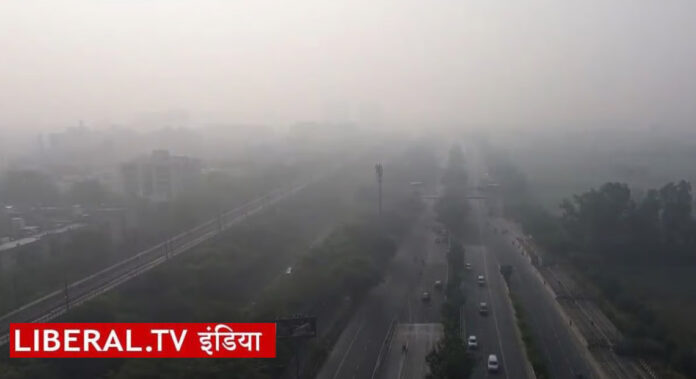Delhi’s air quality improved slightly, shifting from the “severe” to the “very poor” category, with the Air Quality Index (AQI) currently around 371. This comes as a marginal relief after several days of AQI levels exceeding 400. However, pollution hotspots like Anand Vihar and Wazirpur still recorded AQIs above 400, indicating hazardous conditions in some areas.
The improvement is attributed to slight meteorological changes, such as increased wind speed and reduced temperature inversion. The India Meteorological Department forecasts moderate fog and mist over the next few days, with temperatures hovering around 10°C.
Despite the improvement, Stage IV of the Graded Response Action Plan (GRAP) remains active, imposing strict anti-pollution measures like restrictions on construction and vehicular movement. Authorities are closely monitoring the situation and ensuring compliance, especially following a Supreme Court directive to maintain stringent measures.
Experts note that stubble burning in neighbouring states continues to contribute significantly to pollution, accounting for over 30% of emissions in recent days. Efforts to address this seasonal factor remain critical for sustained air quality improvement.



